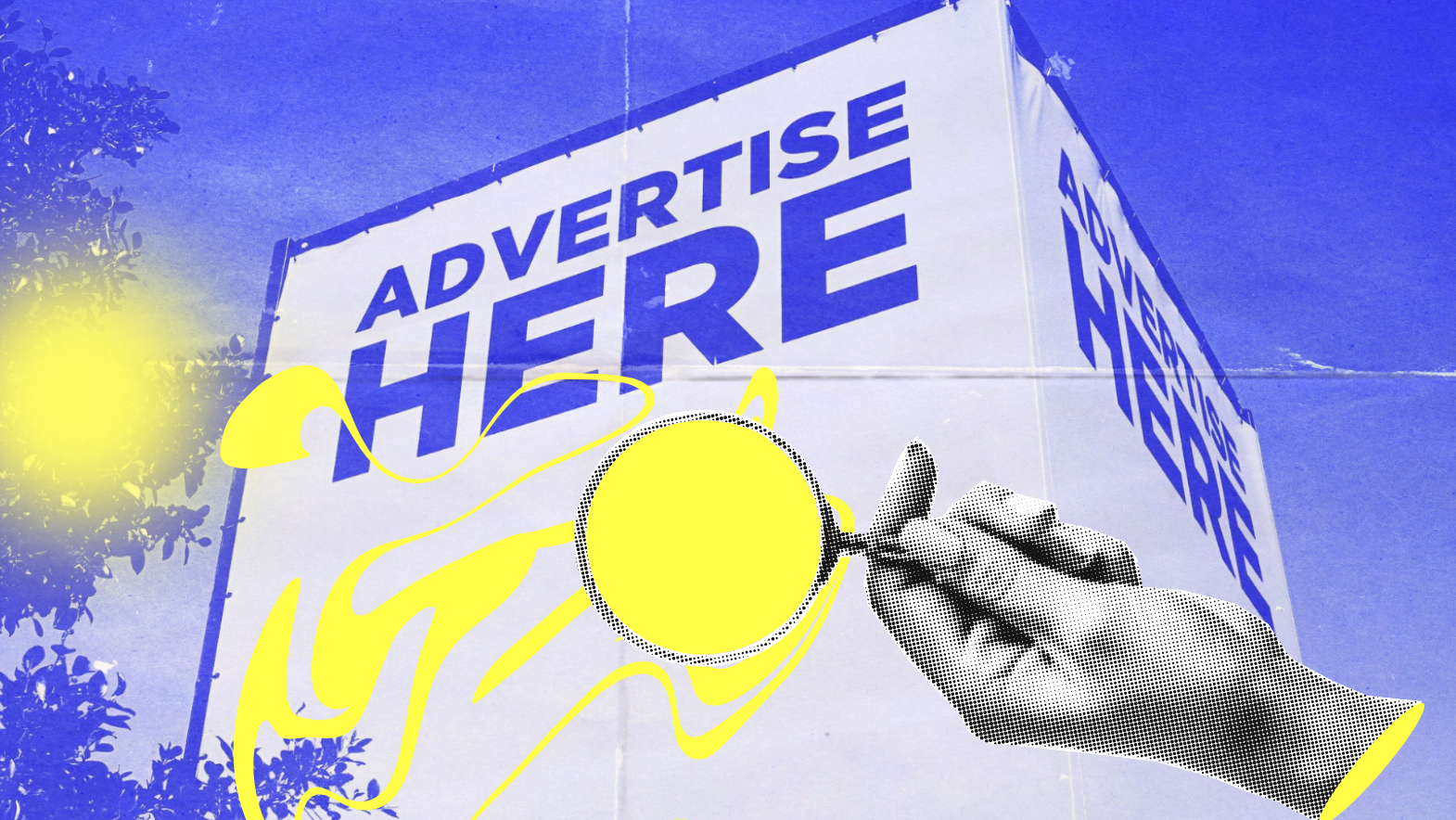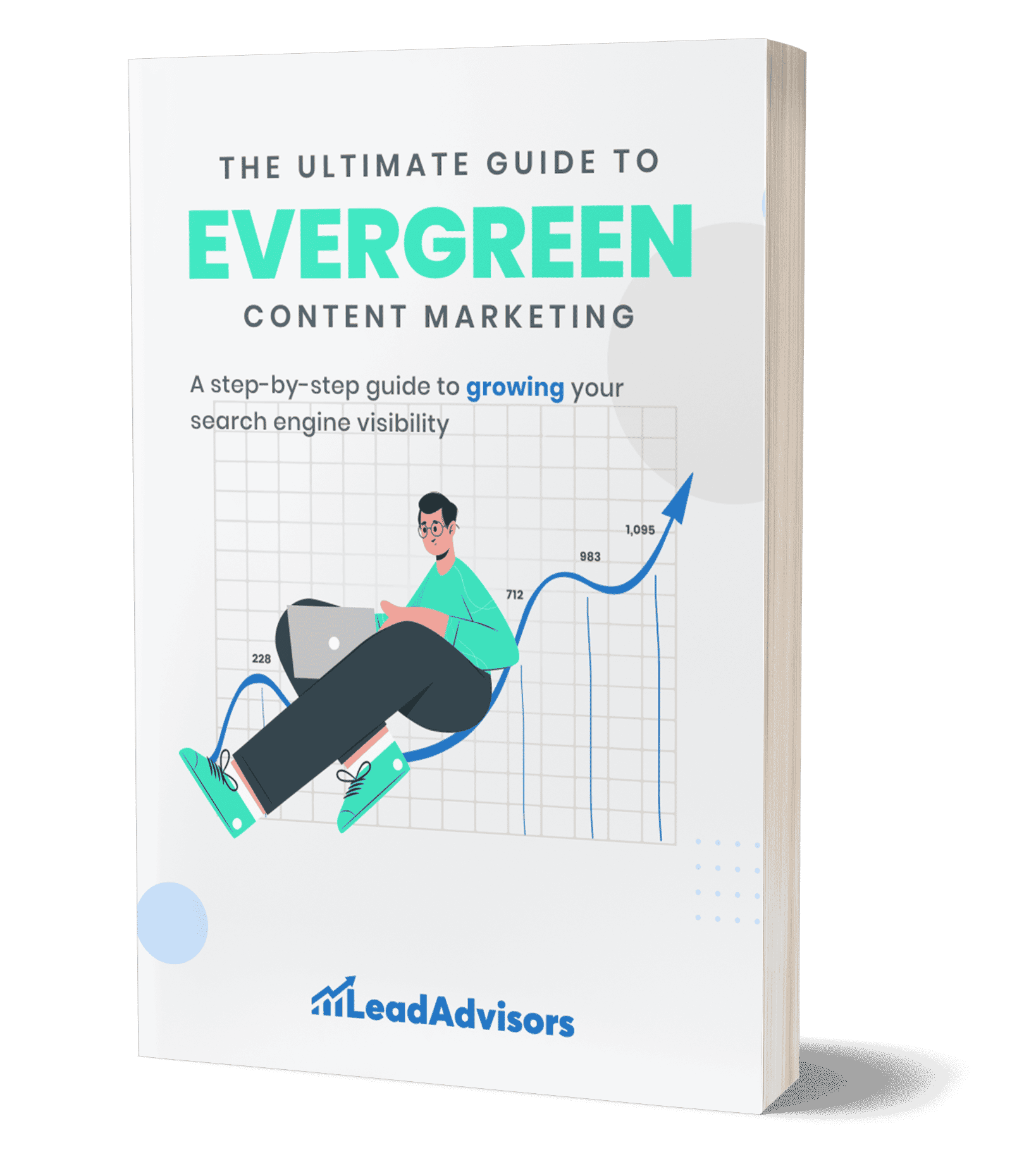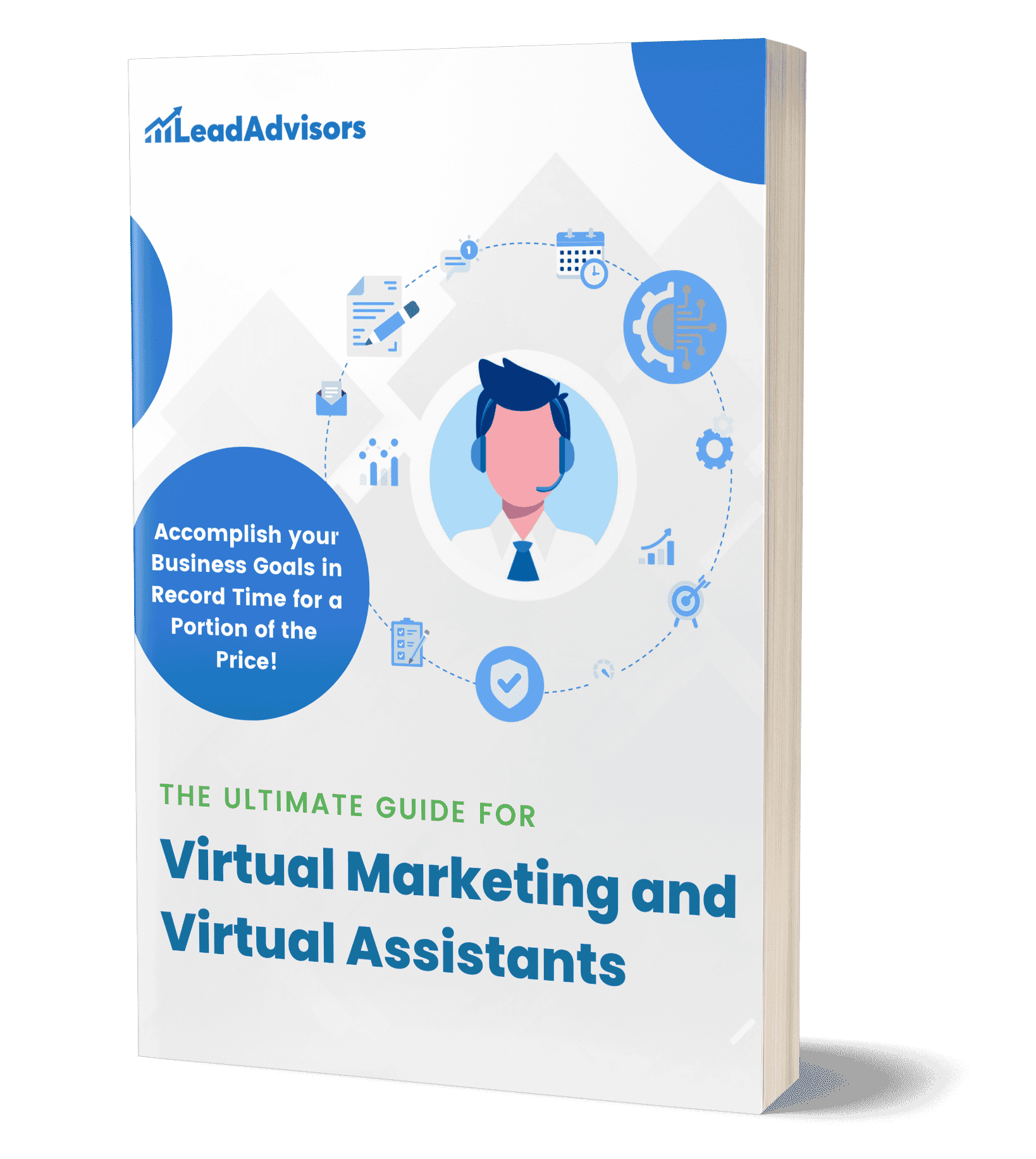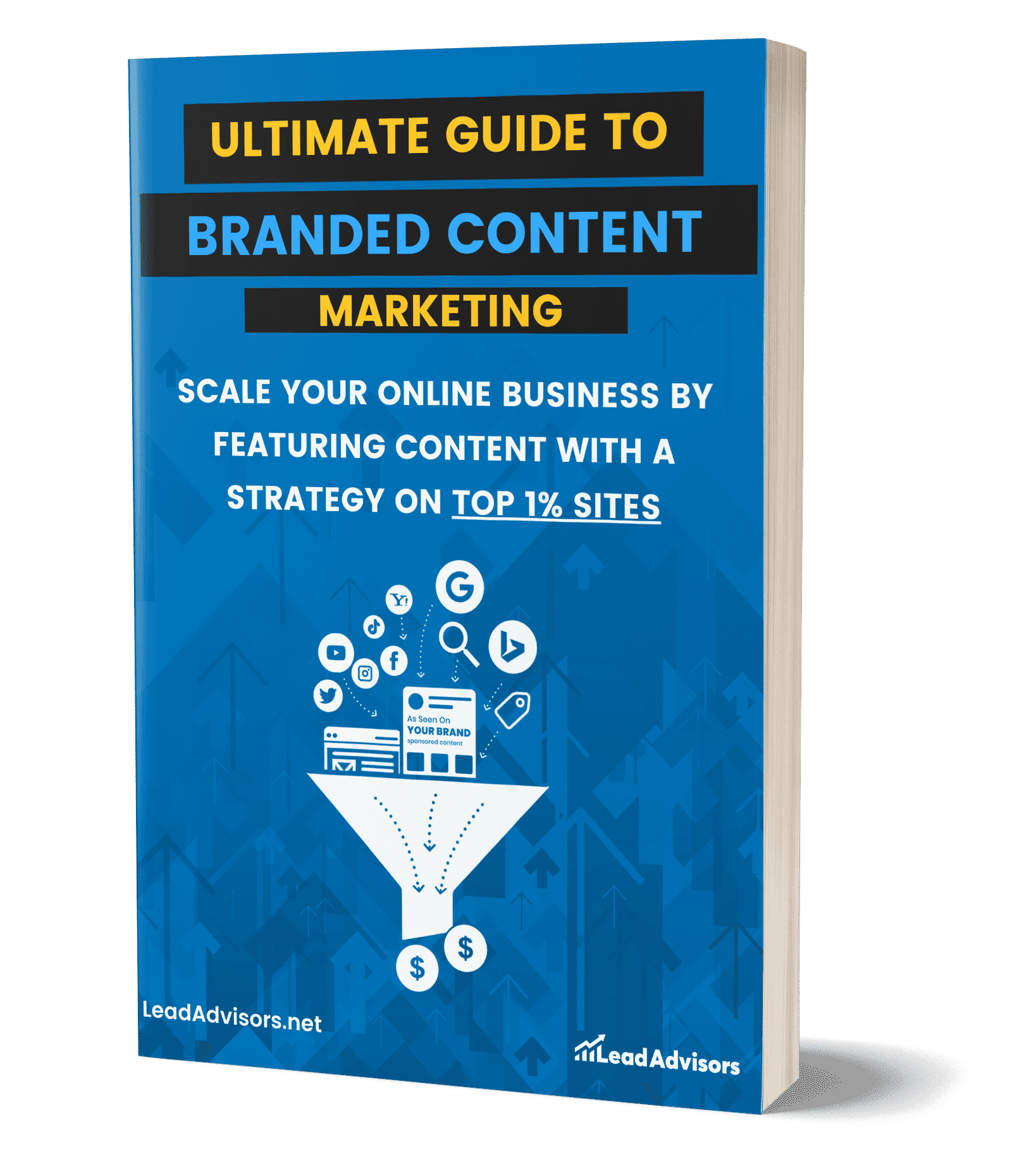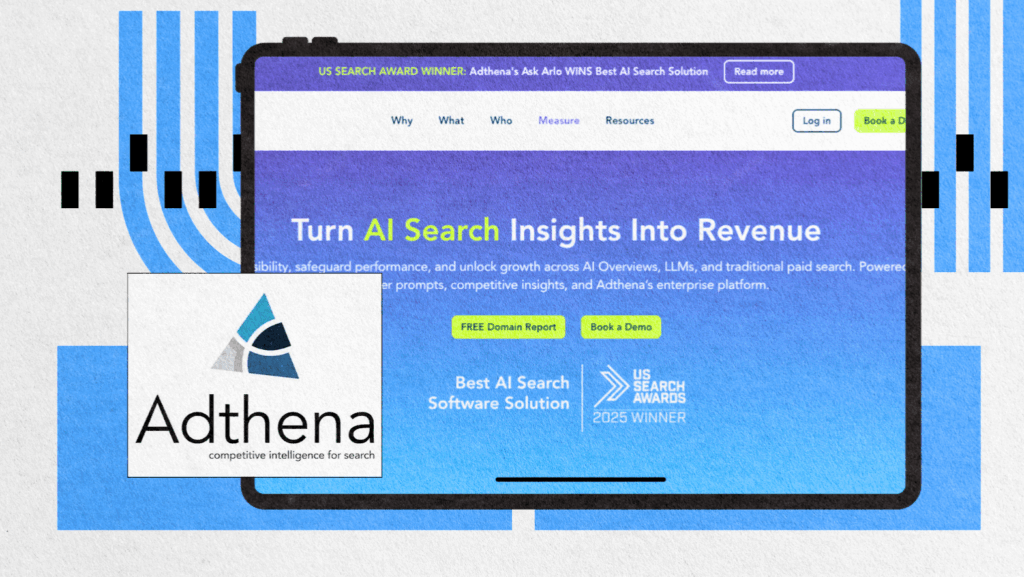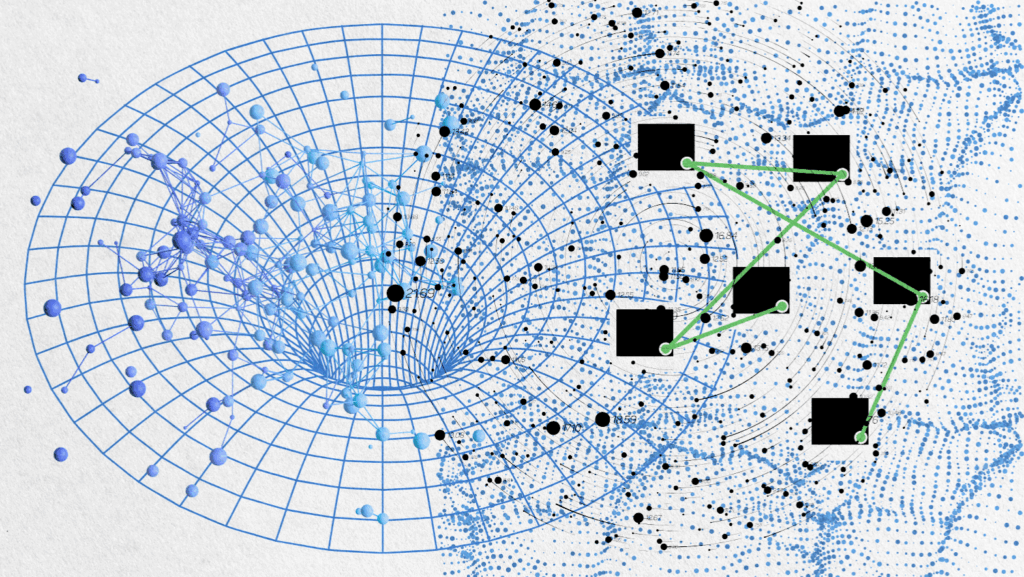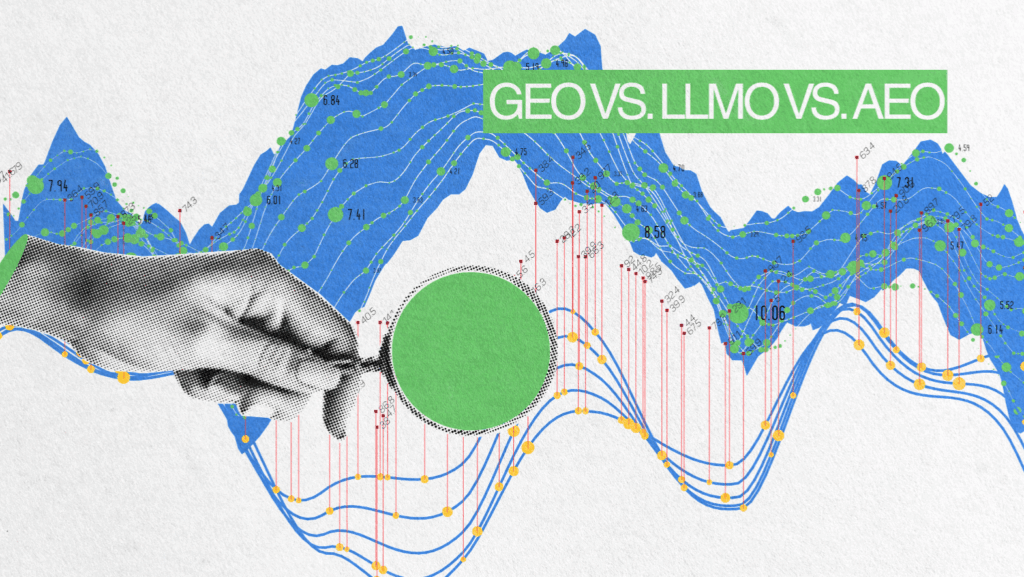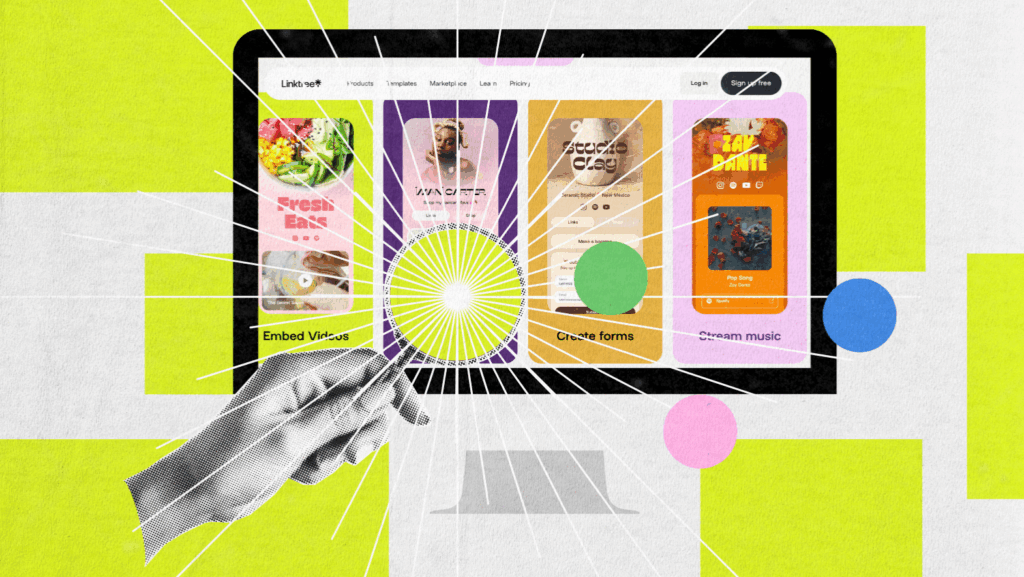Most ads get ignored. A few get remembered. The difference usually comes down to one thing — execution.
This article collects 75+ real advertisement examples that worked across different industries, budgets, and formats. You’ll see how top brands handled print, video, digital, social, and even billboard campaigns in ways that actually caught attention and moved people to act.
Use this as a reference — for planning, pitching, or when you’re stuck trying to figure out what your ad should say or look like. The ideas here aren’t trends. They’re proof that strong creative still works when it’s specific, simple, and built for the right audience. You’ll also find written advertisement examples that stand the test of time.
Legendary Advertisement Examples That Shaped History
These are the ads that keep getting referenced in books, classrooms, and agency decks. They represent some of the most successful campaigns in advertising history — built on bold ideas, smart use of advertising platforms, and a clear marketing strategy. Whether through unforgettable print ads, video ads, or game-changing digital executions, these ads helped brands grow, establish a strong brand stand, and even educate consumers on what they stood for. They didn’t just sell — they changed how people talked about them.
Want to learn how paid ads can fuel iconic brand awareness? Explore our guide to paid advertising that actually works.
Nike – Just Do It
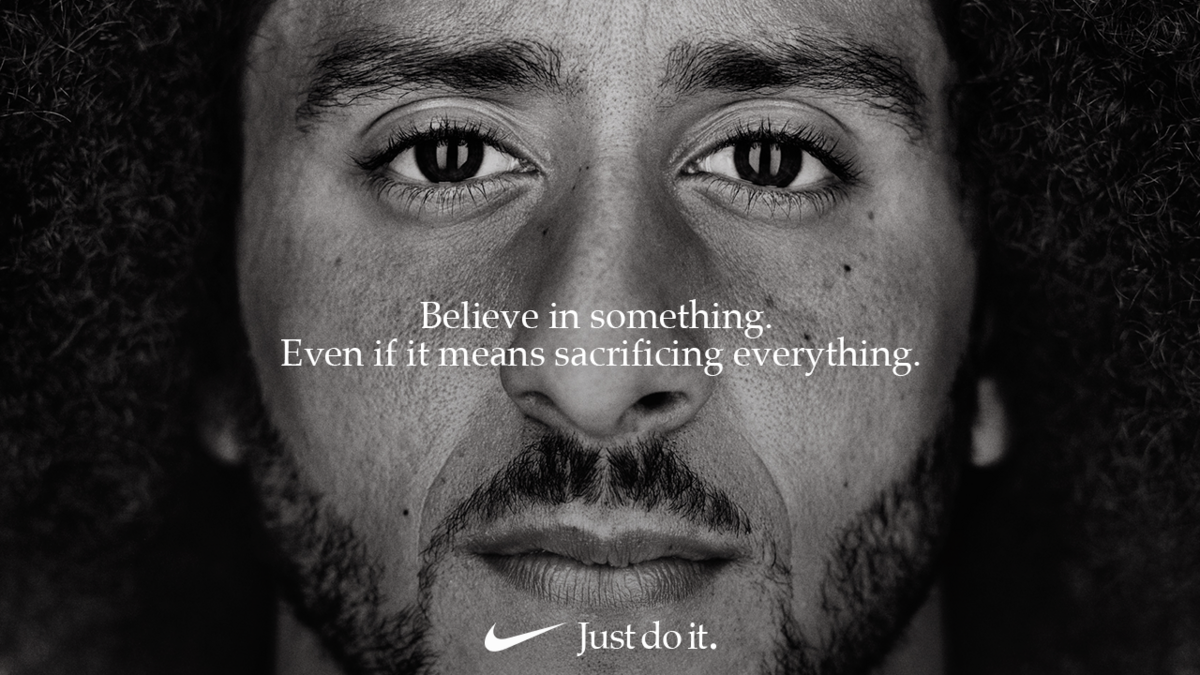
A universal message of action. The campaign broke away from elite athlete-only messaging and turned the brand into a symbol of everyday motivation. A great advert example of emotional storytelling.
Apple – 1984 / Think Different

One disrupted the Super Bowl. The other helped define the brand’s creative-first reputation. Both still influence how tech is marketed today.
Coca-Cola – Share a Coke
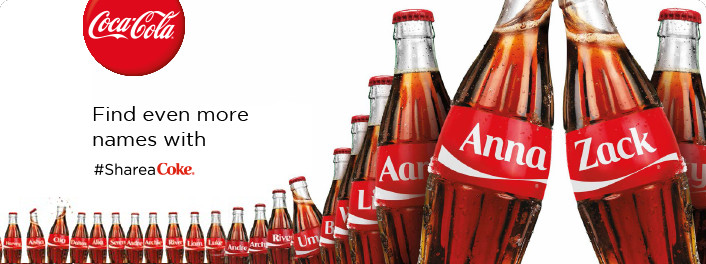
Swapping the logo for people’s names sparked personalization at scale. It got people buying, gifting, and posting about bottles. A stellar advertising effort grounded in emotional resonance.
Volkswagen – Think Small

Instead of bragging, VW used honesty and minimalism. The campaign sold against type — and changed automotive advertising in the process.An iconic written advertisement example that flipped expectations.
De Beers – A Diamond Is Forever

This didn’t just sell a product. It defined a cultural norm. A strong message tied the idea of love to a tangible object.
Old Spice – The Man Your Man Could Smell Like

Funny, fast, and unexpected. It revived a tired brand by speaking to both men and the people buying for them.
Snickers – You’re Not You When You’re Hungry
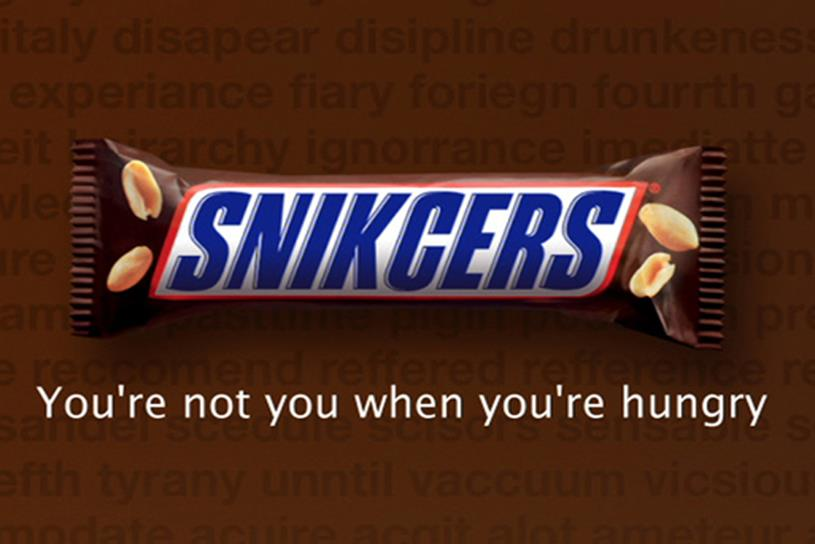
Clear concept, clever execution. It gave the brand more meaning than just “a candy bar.”
Dove – Real Beauty

A long-running message built around challenging narrow definitions of beauty. It resonated with audiences and created brand loyalty.
Always – #LikeAGirl
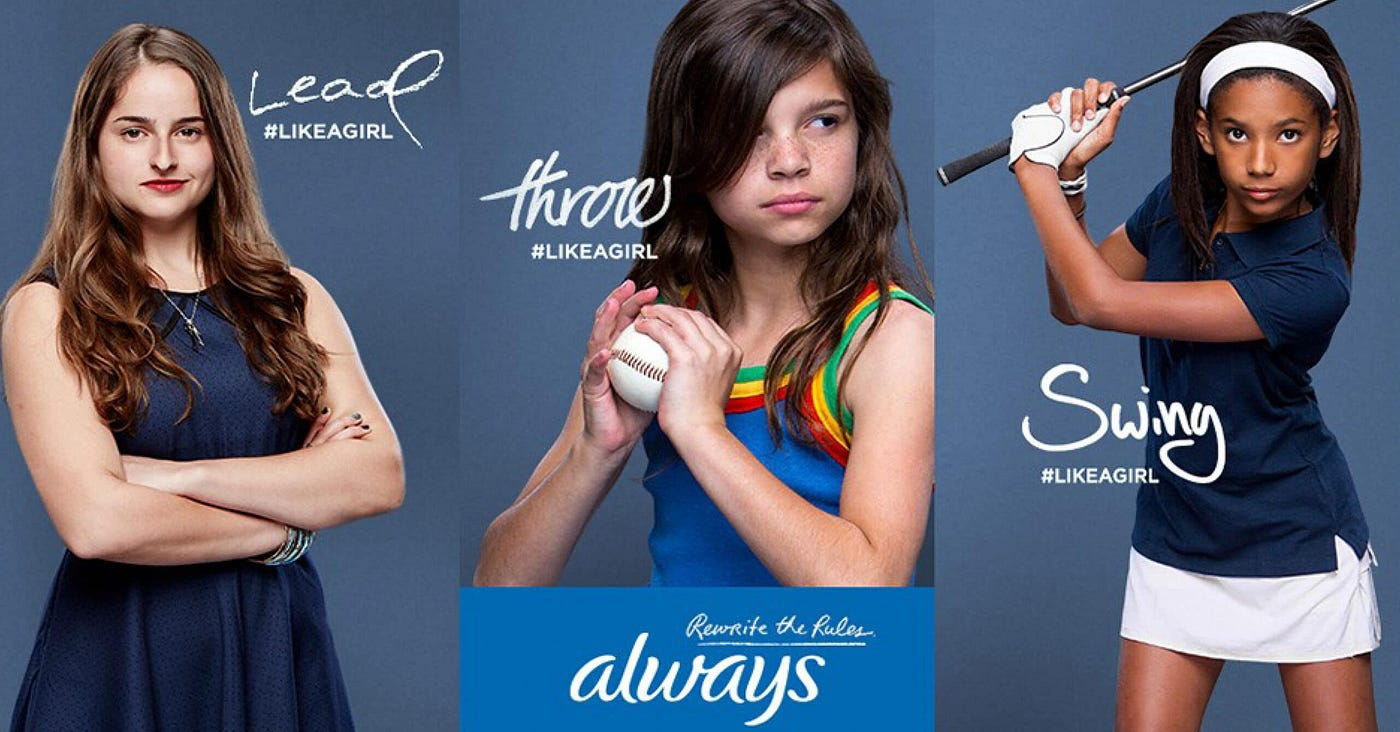
A social message with a clear visual and emotional arc. It gave meaning to a common phrase and tied it to self-worth and confidence.
Absolut Vodka – The Bottle Series
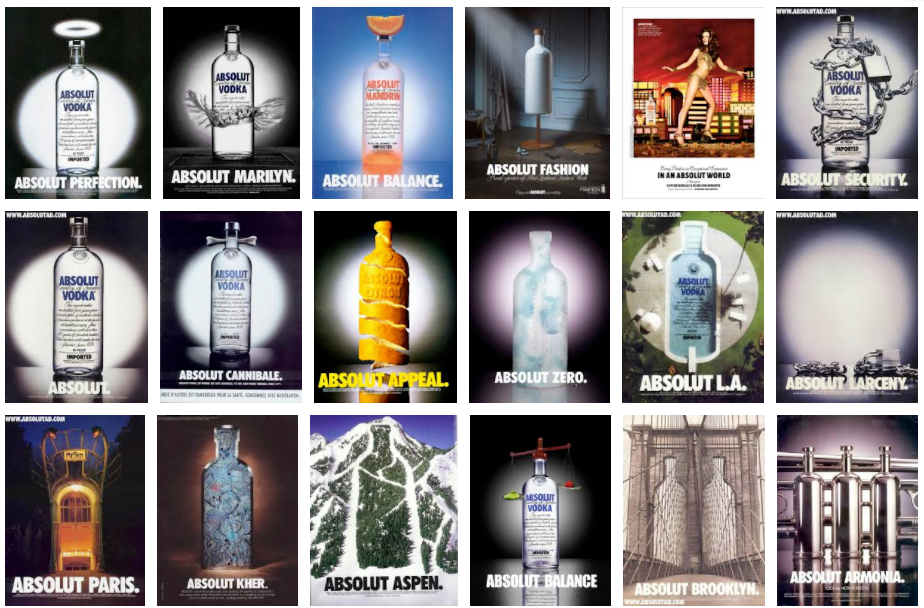
Visual branding done right. The same shape, reimagined in hundreds of creative ways, made the brand instantly recognizable.
Key takeaway
These campaigns succeeded because they stood for something and said it clearly. They spoke directly to their target market, often guided by a clear vision from a skilled Creative Director. The format didn’t matter — what mattered was the compelling narrative, the relevance to pop culture, and the entertainment value that kept people engaged. These weren’t just ads people skipped — they were experiences that mass audiences talked about long after users visited or shared them. The message led, and everything else followed.
Read More: How to Use a Retargeting Campaign to Attract Customers
Bold, Unexpected Ads That Broke the Rules
Some campaigns don’t follow the formula — they rewrite it. These ads stood out not because they looked like ads, but because they surprised, challenged, or redefined expectations. They mixed emotion, humor, and even discomfort to grab attention and spark conversation. Whether on a billboard, in your feed, or at the dinner table, they made you stop and think.
Burger King – Moldy Whopper
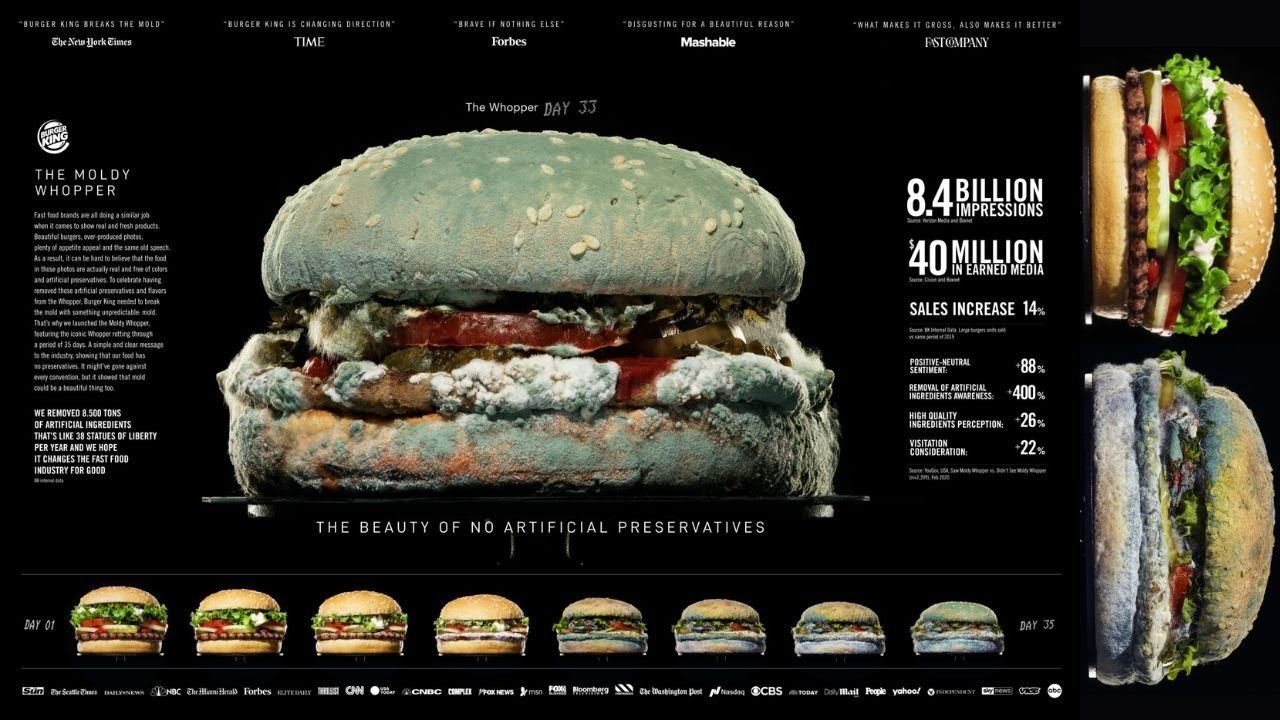
A decaying Whopper might not sound appetizing, but it proved a point: no preservatives. Burger King broke from the polished food ad norm, challenging the fast-food status quo and showing commitment to cleaner ingredients.
Google – Parisian Love

A romance told through search queries. This simple yet deeply emotional ad reminded viewers how integrated Google is in everyday life — and how even love stories now run through search results.
Netflix – Spoiler Billboard
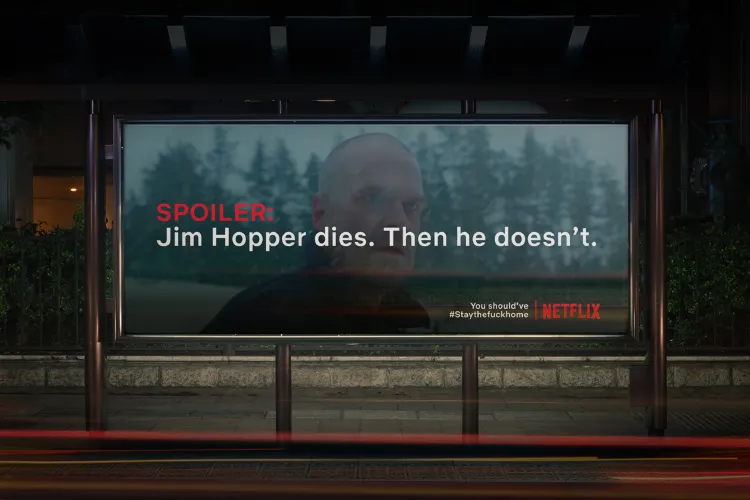
Netflix trolled commuters with fake spoilers on billboards to encourage binge-watching at home. Risky and attention-grabbing, it turned outdoor advertising into a cultural moment.
ALS Association – Ice Bucket Challenge
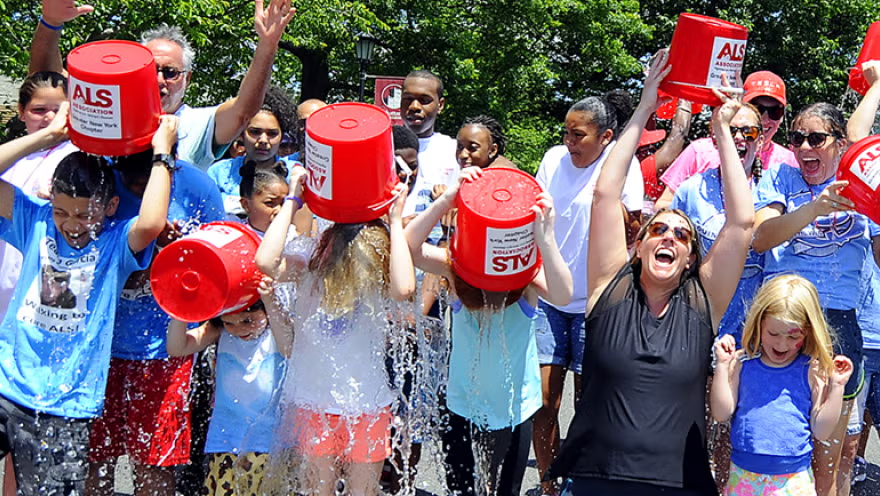
A viral sensation powered by user-generated content, the Ice Bucket Challenge raised global awareness and millions in donations. It showed how social engagement can drive a cause like an advertised product.
Metro Trains Melbourne – Dumb Ways to Die

A cartoon PSA about gruesome deaths shouldn’t work — but it did. With catchy music and cute visuals, it became a viral hit and taught safety through sheer entertainment value.
Nike – Dream Crazier
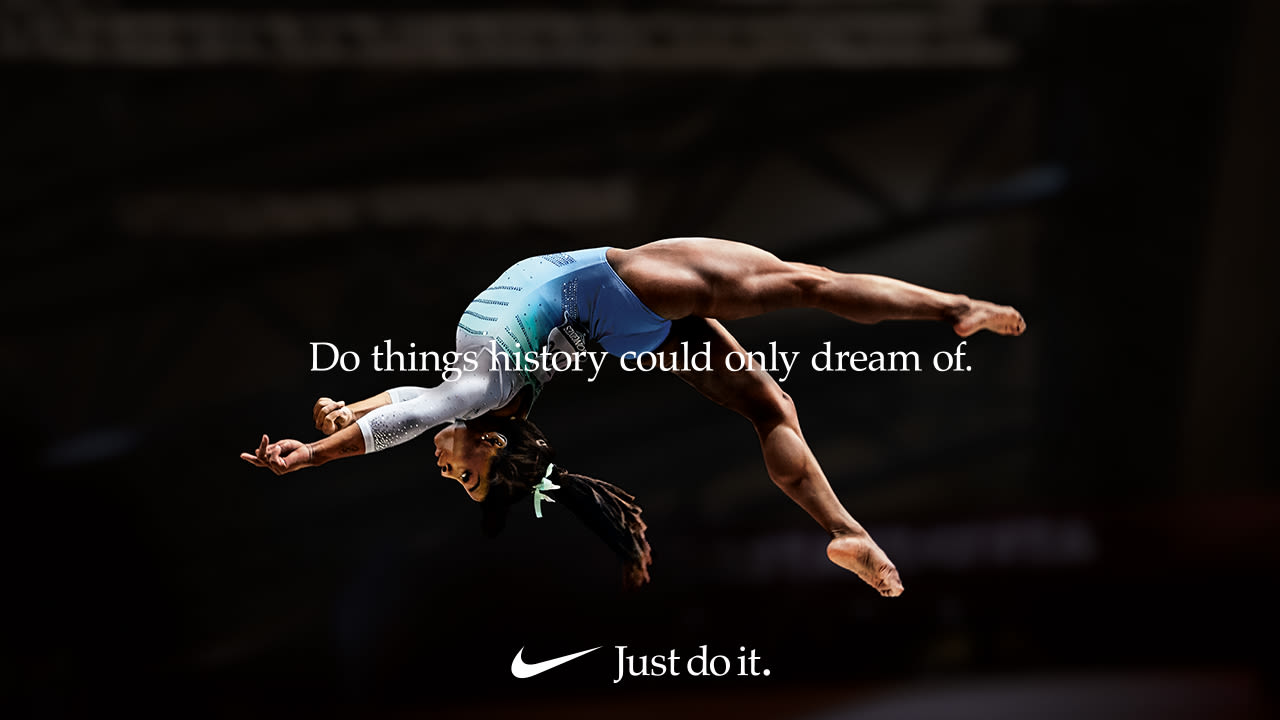
With Serena Williams narrating, this ad celebrated women in sports and called out systemic bias. It reinforced Nike’s brand stand on equality and inspired viewers through shared values.
Adobe – Click, Baby, Click

This satirical spot exposed the dangers of bad targeting. It made marketers laugh — and think — about the real cost of misaligned display advertising.
Cadbury – Gorilla

A gorilla drumming to Phil Collins may not scream chocolate ad — but it became one of Cadbury’s most memorable moments. Pure absurdity that worked through surprise and sound.
Spotify – Thanks 2016, It’s Been Weird

Spotify turned listener data into witty, personalized billboards. It gave users a laugh, a wink, and a reason to share — proving data can be fun when turned into pop culture.
Apple – Shot on iPhone

Real photos, real users. Apple let its customers show off the product, blending authenticity with aspiration in a campaign that spanned cities, screens, and platforms.
Key takeaway
Rules matter — until they don’t. These campaigns worked because they took creative risks while staying rooted in something relatable, specific, or visually unforgettable.
You may also like: 100+ Famous Slogans & Taglines: Why They Work and How to Create Yours
Digital Ads That Perform
These examples weren’t just creative. They were made for how people browse, scroll, and interact online.
Google – Year in Search
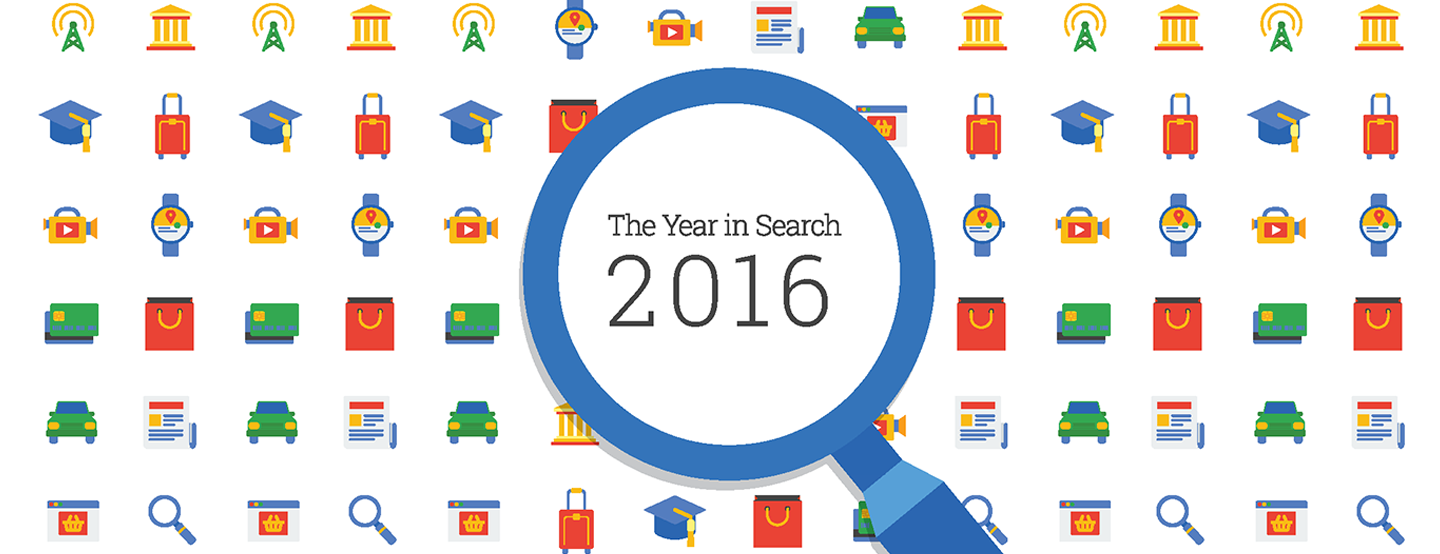 Each year’s most searched terms become a video that reflects how the world felt. Emotion meets data — and people look forward to it.
Each year’s most searched terms become a video that reflects how the world felt. Emotion meets data — and people look forward to it.
Amazon Alexa – Celebrity Swap

Alexa loses her voice and celebrities take over. It’s simple, funny, and shows off the product’s personality.
Yelp – Local PPC Ads
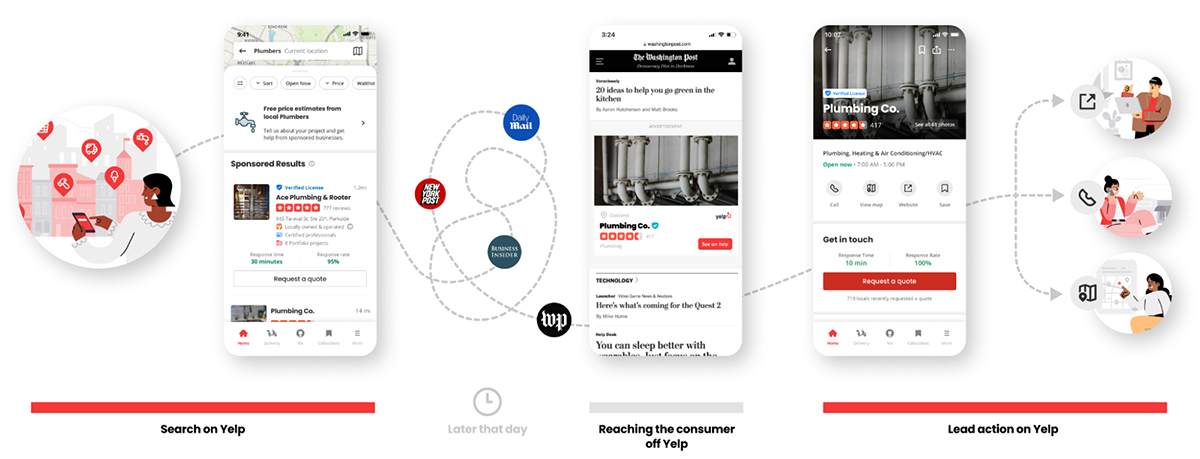
These ads put small businesses right where customers are already looking. The copy is clear. The intent is high.
Spotify – Audio Spots
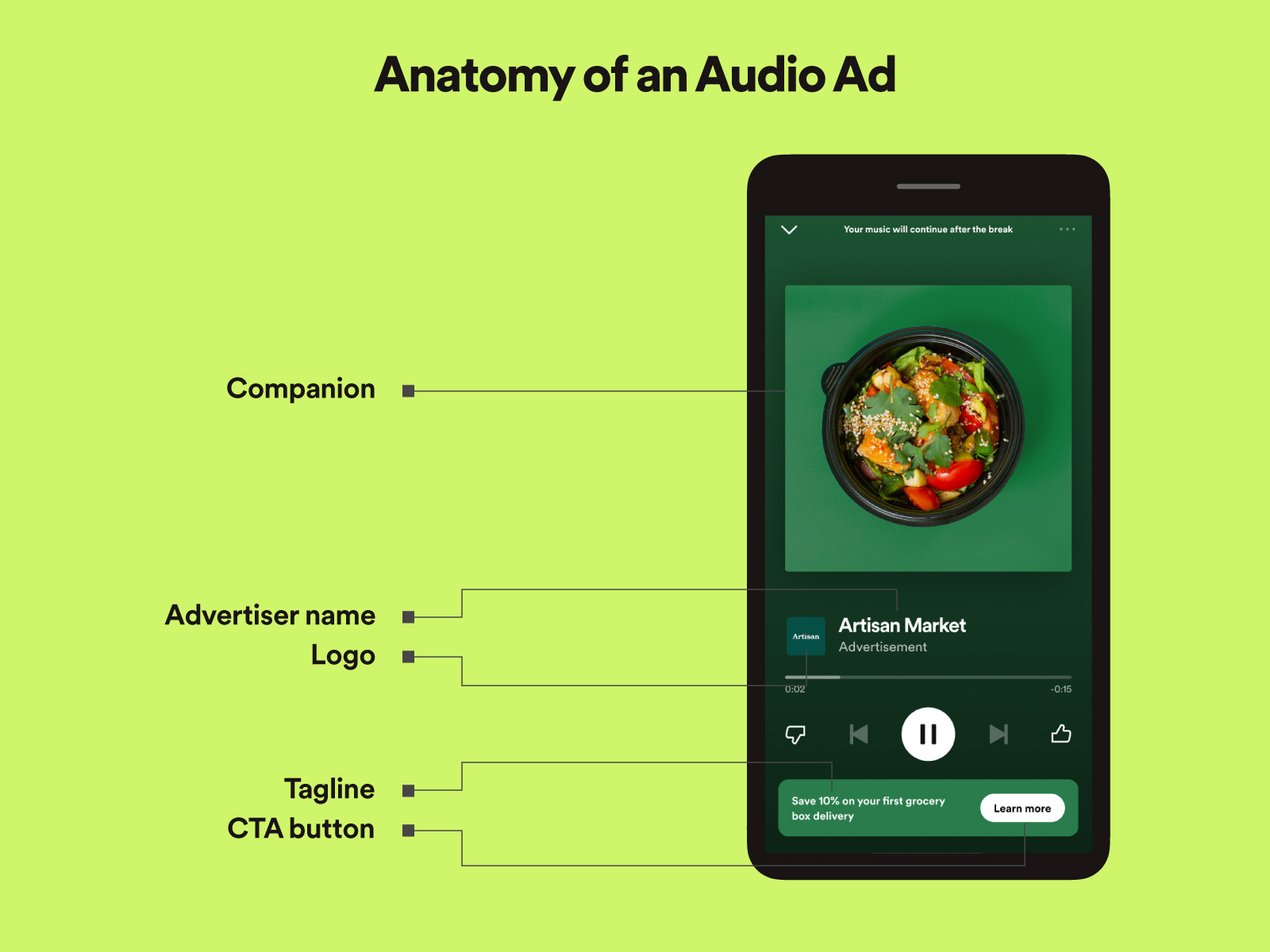 Quick, relevant messages in between songs that don’t interrupt too much — and stick in people’s heads.
Quick, relevant messages in between songs that don’t interrupt too much — and stick in people’s heads.
AT&T – Horror-Style Commercial
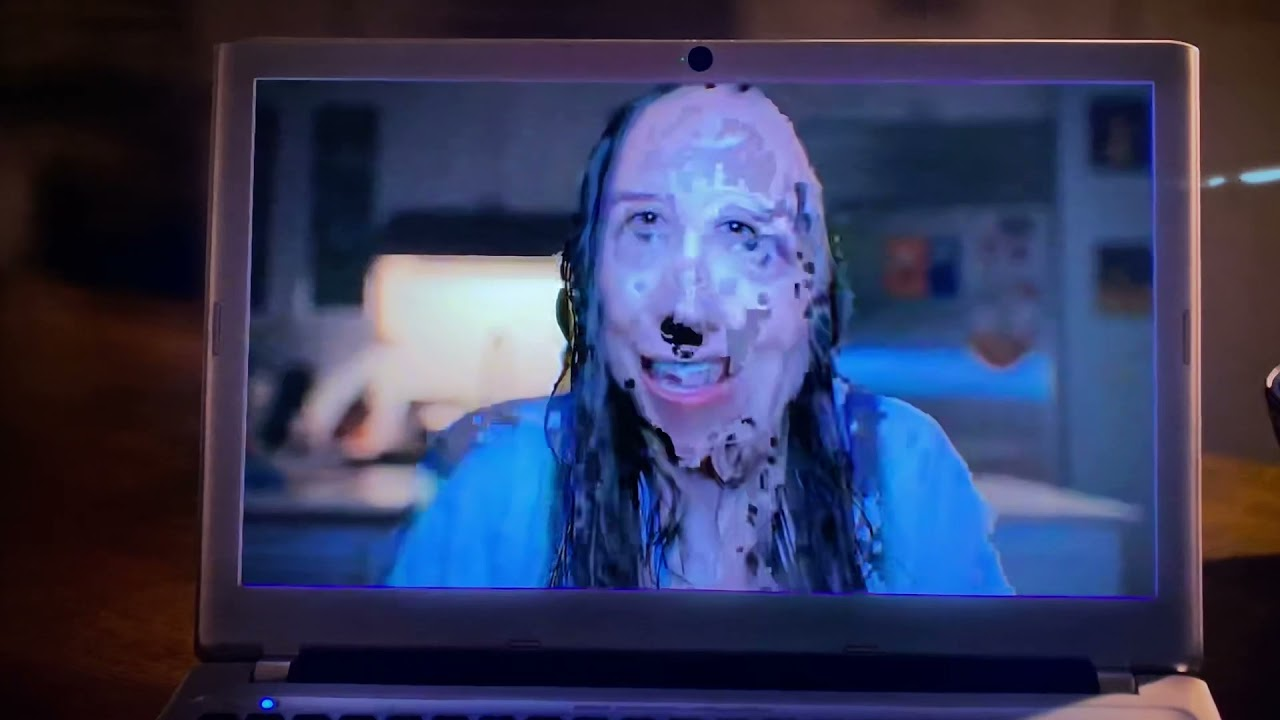
A suspense-filled fake trailer with a twist: it’s just about kids being bored in the car. Memorable and format-breaking.
Facebook – Carousel + Lead Ads

These ads let users scroll through images or sign up without leaving the platform. Great for showcasing multiple benefits.
TikTok – Influencer-Led Spots
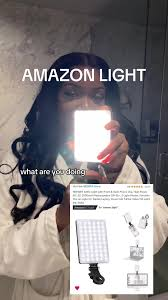
These feel native to the platform and don’t look like ads. Viewers don’t tune out. They tune in — a testament to the power of well-aligned influencer marketing in modern ad campaigns.
Key takeaway
Digital ads work best when they’re fast, on-platform, and match how people already behave.
You may also like: The Ultimate Guide to Video Advertising
Purpose-Driven Advertisement Examples That Hit
These ads focused on more than the product. They focused on what people value — and reflected it back.
TOMS – One for One
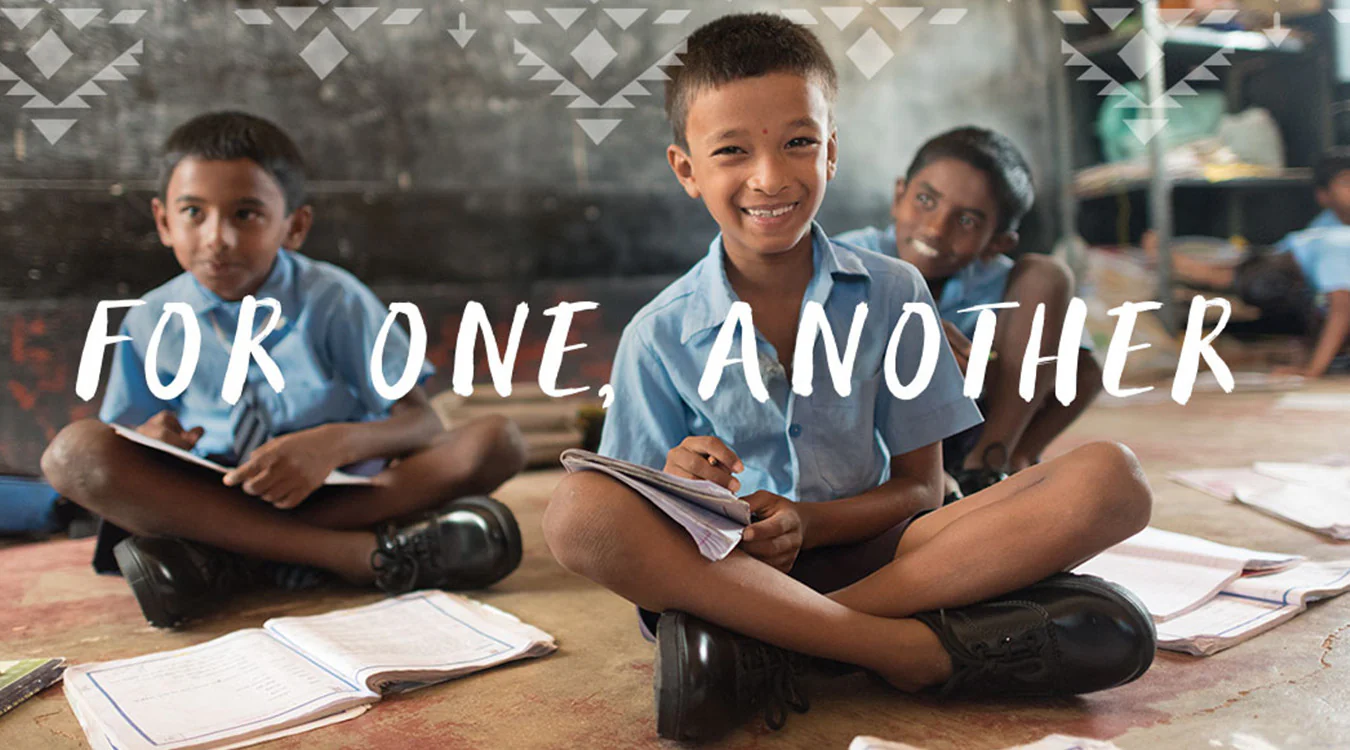
The product is just the starting point. The ad sells generosity, social good, and belonging.
Heinz – Grown, Not Made

A response to criticism about ingredients, turned into a strength. Visuals told the story better than a paragraph ever could.
Patagonia – Environmental Messaging
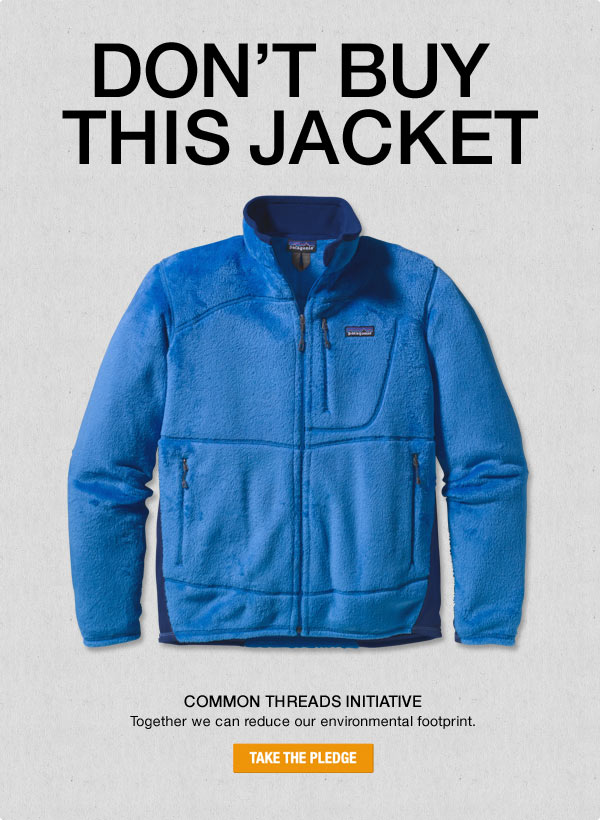
Straightforward, sometimes even blunt. But always aligned with the brand’s core promise.
American Express – Shop Small
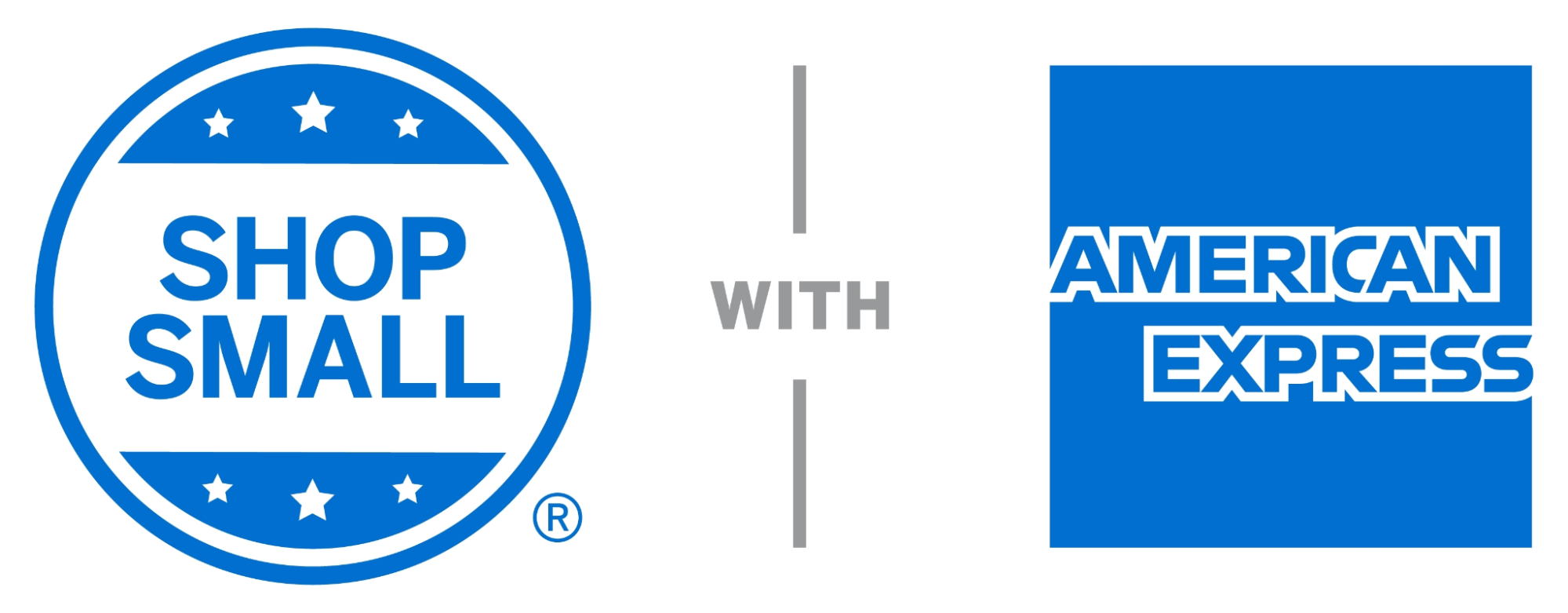
A push for local business, not financial products. The brand took a backseat to something that mattered.
Key takeaway
When your message aligns with your audience’s values, the ad doesn’t need to work as hard. People already want to hear it.
Read more: 100+ Business Quotes to Inspire Entrepreneurs, Leaders, and Dreamers
Interactive and Experience-Based Ads That Stand Out
Some ads are moments. These examples pulled people into something they could feel, not just see.
Red Bull – Stratos
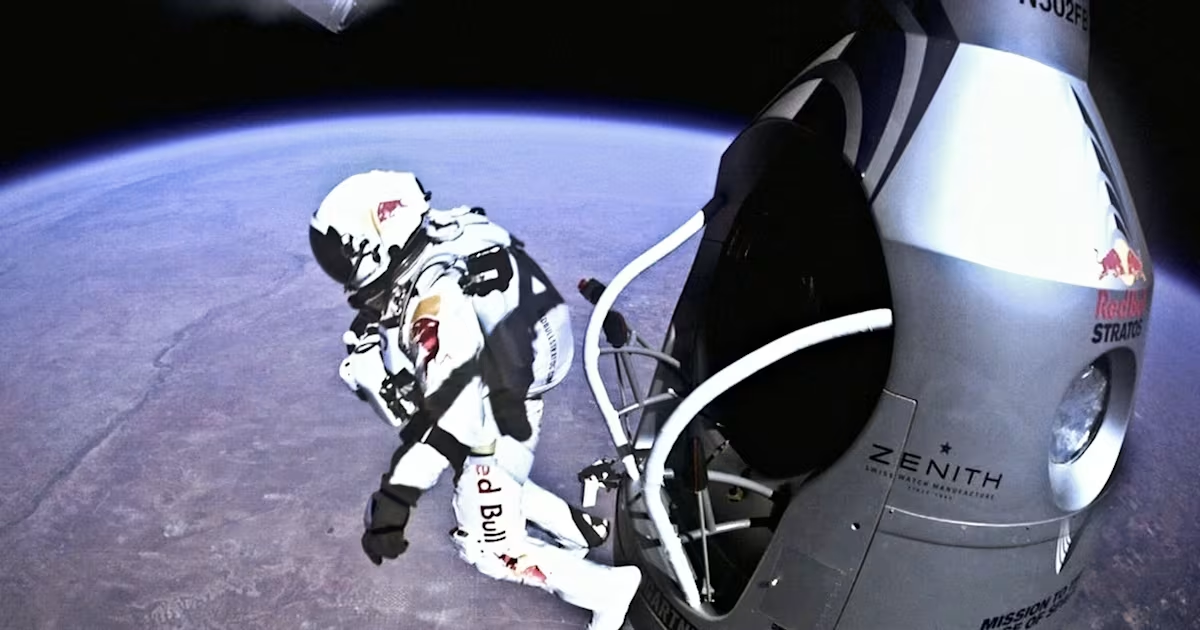
A space jump watched live by millions. It was content, branding, PR, and adrenaline in one move.
Barbie – AI Selfie Generator
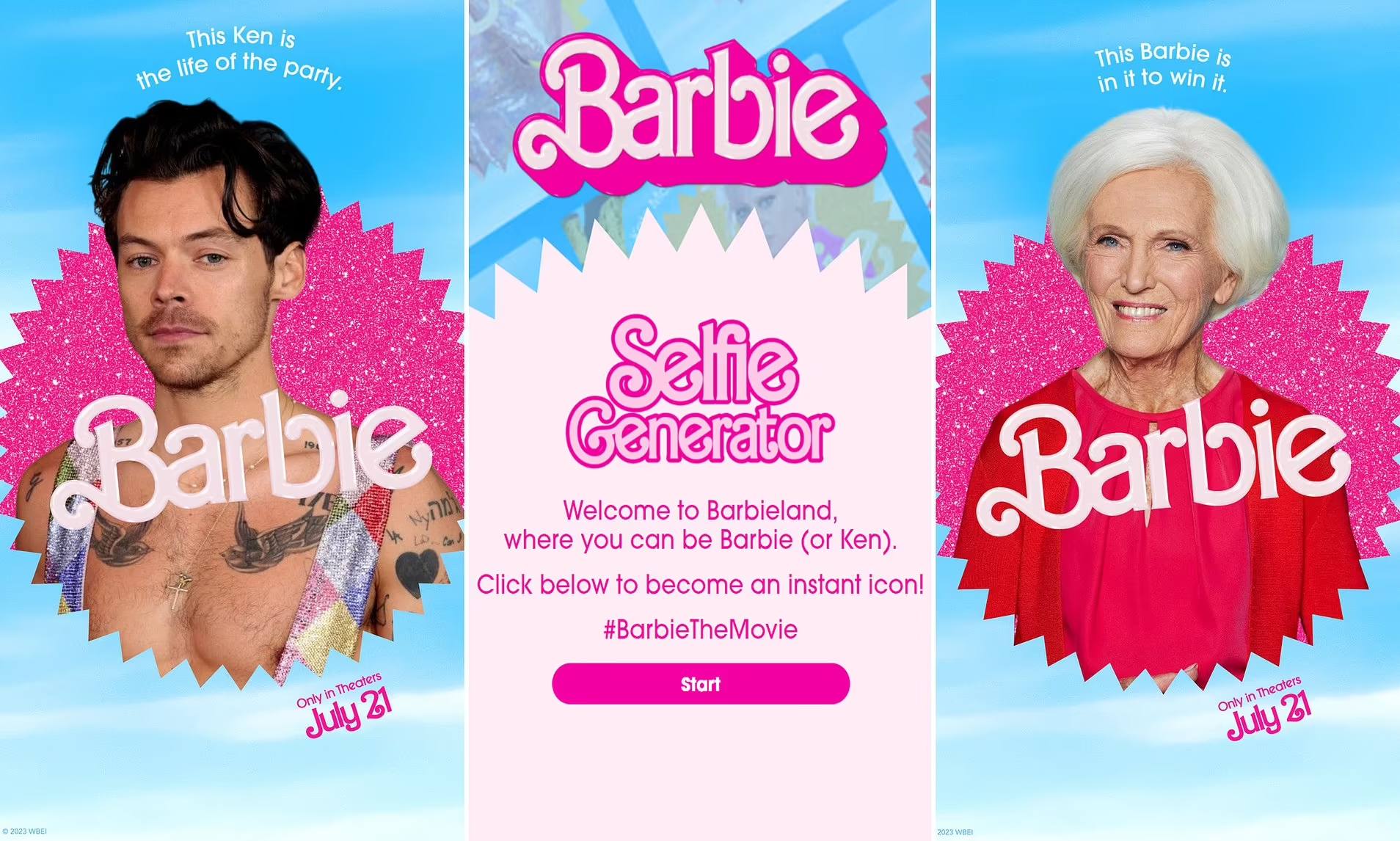
Fans could put themselves on Barbie posters. Simple tech. Huge reach. Interactive ads like these can also live far beyond their original launch — consider how you can repurpose your content for greater visibility across channels and platforms.
IKEA – Pee Test Print Ad
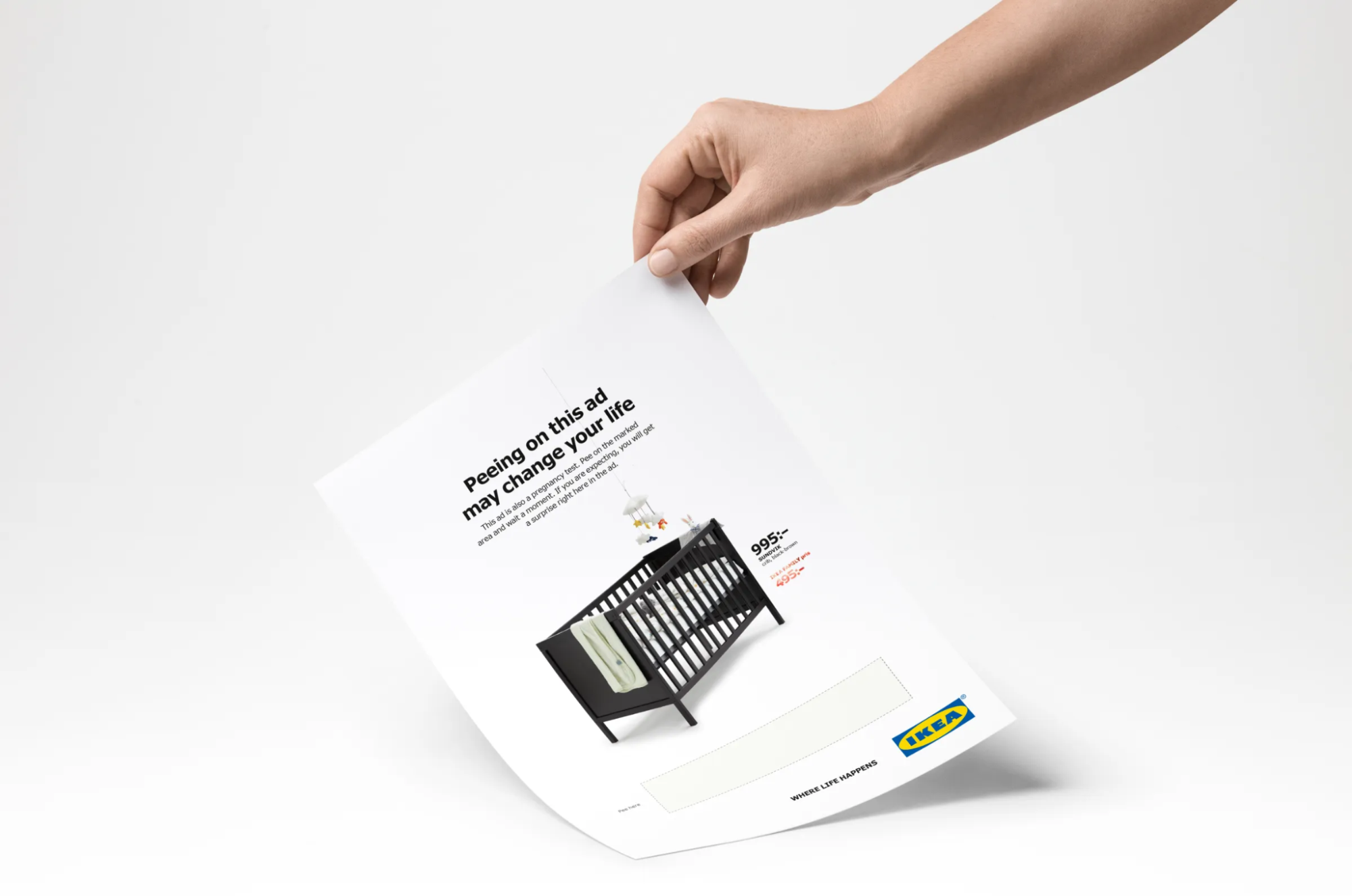
Yes, really. Pregnant users could reveal a baby crib discount. It got talked about because it broke the rules.
British Airways – Flight-Tracking Billboard
![]()
A child on-screen points to actual planes as they fly overhead. Real-time, real wonder.
Taj Mahal Tea – Rain Billboard

A giant santoor (instrument) that plays only in the rain. It connected the brand to the season and the culture.
Pepsi – Taste Test
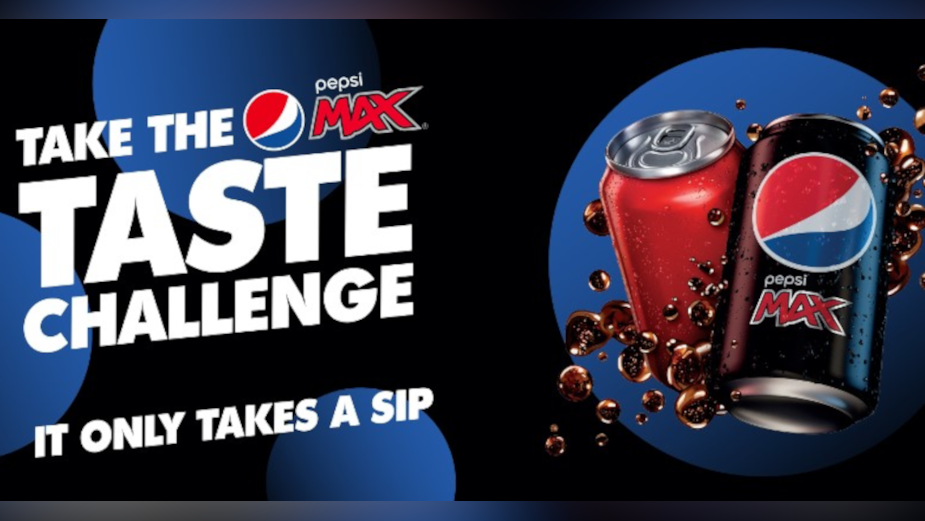
People picked the product without knowing what it was. The ad came after the reaction.
Key takeaway
These ads didn’t just tell. They invited people to take part — and made that experience the message. You don’t need a massive budget to create an interactive visual experience, even a simple campaign flyer or poster designed with an online poster maker can engage your audience if the message is right.
Read more: Best Blog Examples: 100+ Inspiring Sites Across Every Niche
Product Advertisement Examples That Actually Sell
These ads didn’t need a big idea. They just needed to present the product the right way.
Glossier – Text-Driven Visuals
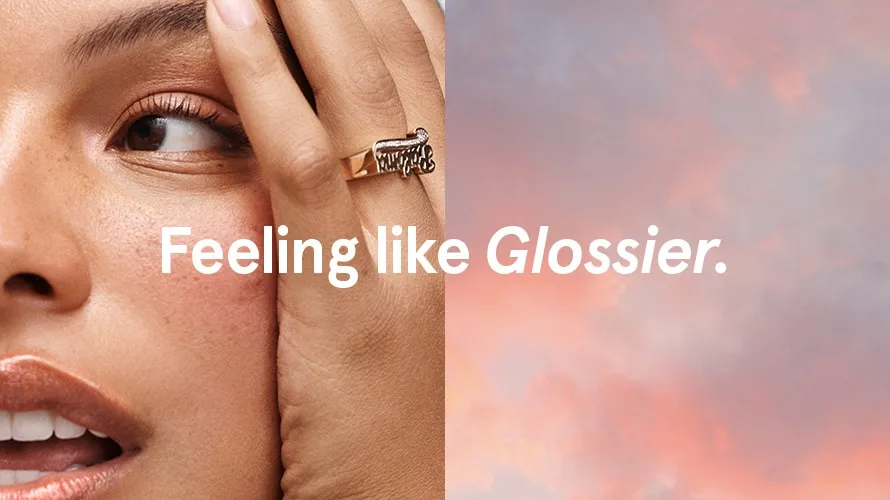
Short, clean visuals with no voiceover. Everything you need is on screen — and it looks exactly how the audience wants it to.
Temple & Webster – Humor Around Shopping
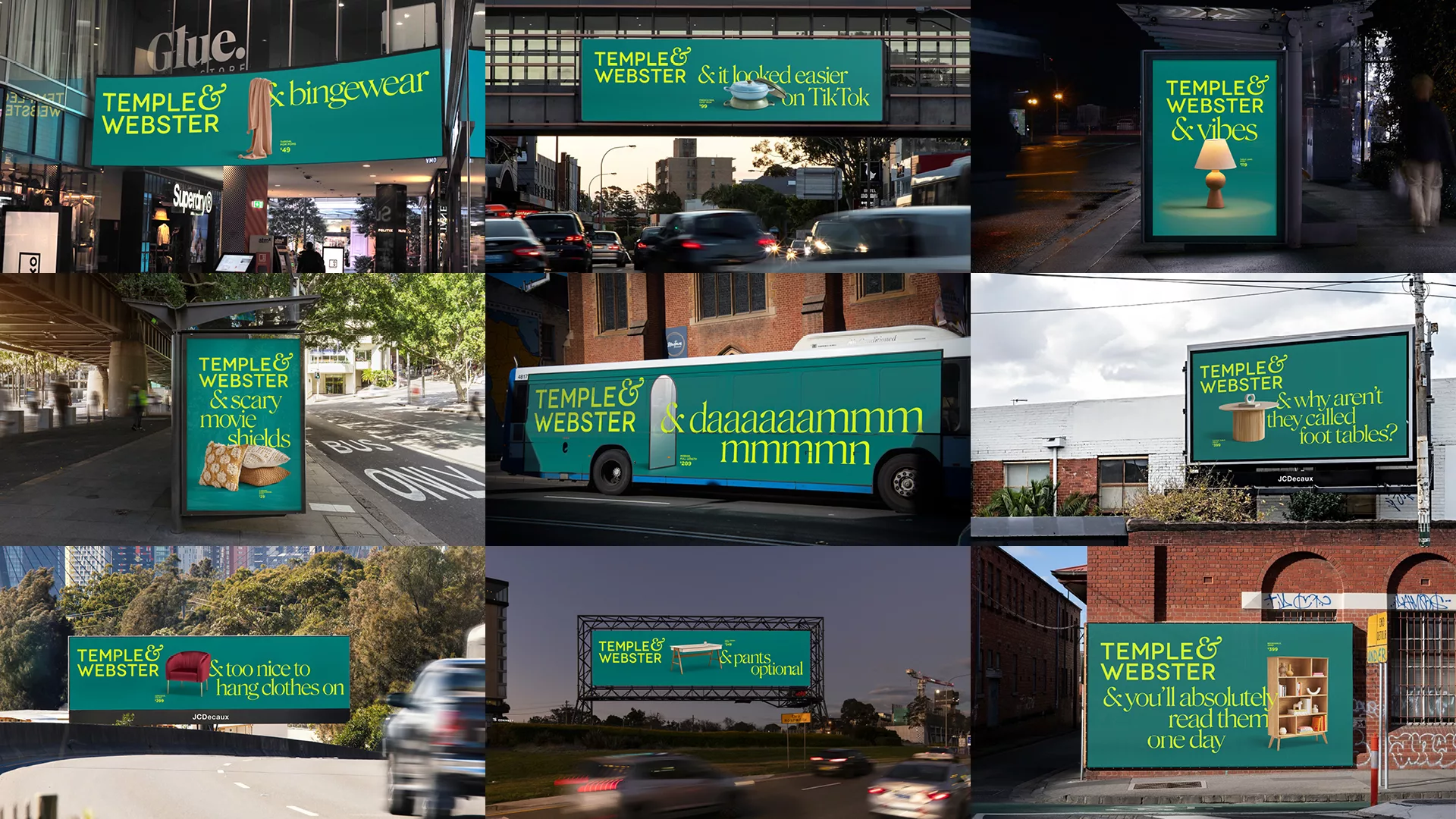 A relatable mess becomes a story. Instead of focusing on inventory, they focus on what buying furniture feels like.
A relatable mess becomes a story. Instead of focusing on inventory, they focus on what buying furniture feels like.
AXE – Nick Eh 30 Collab
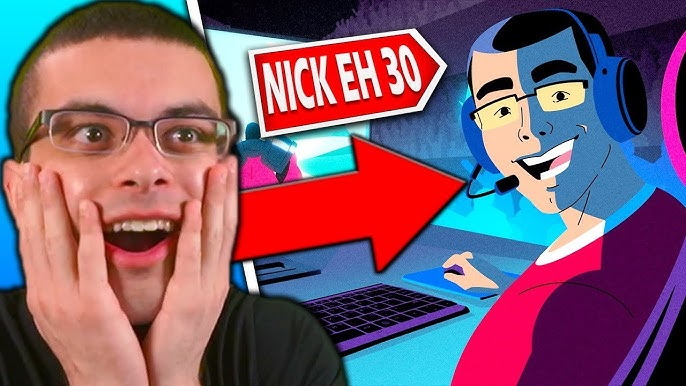
Gaming influencer + clever animation = a campaign that knows exactly who it’s for.
Adidas – Factory Robot Feature
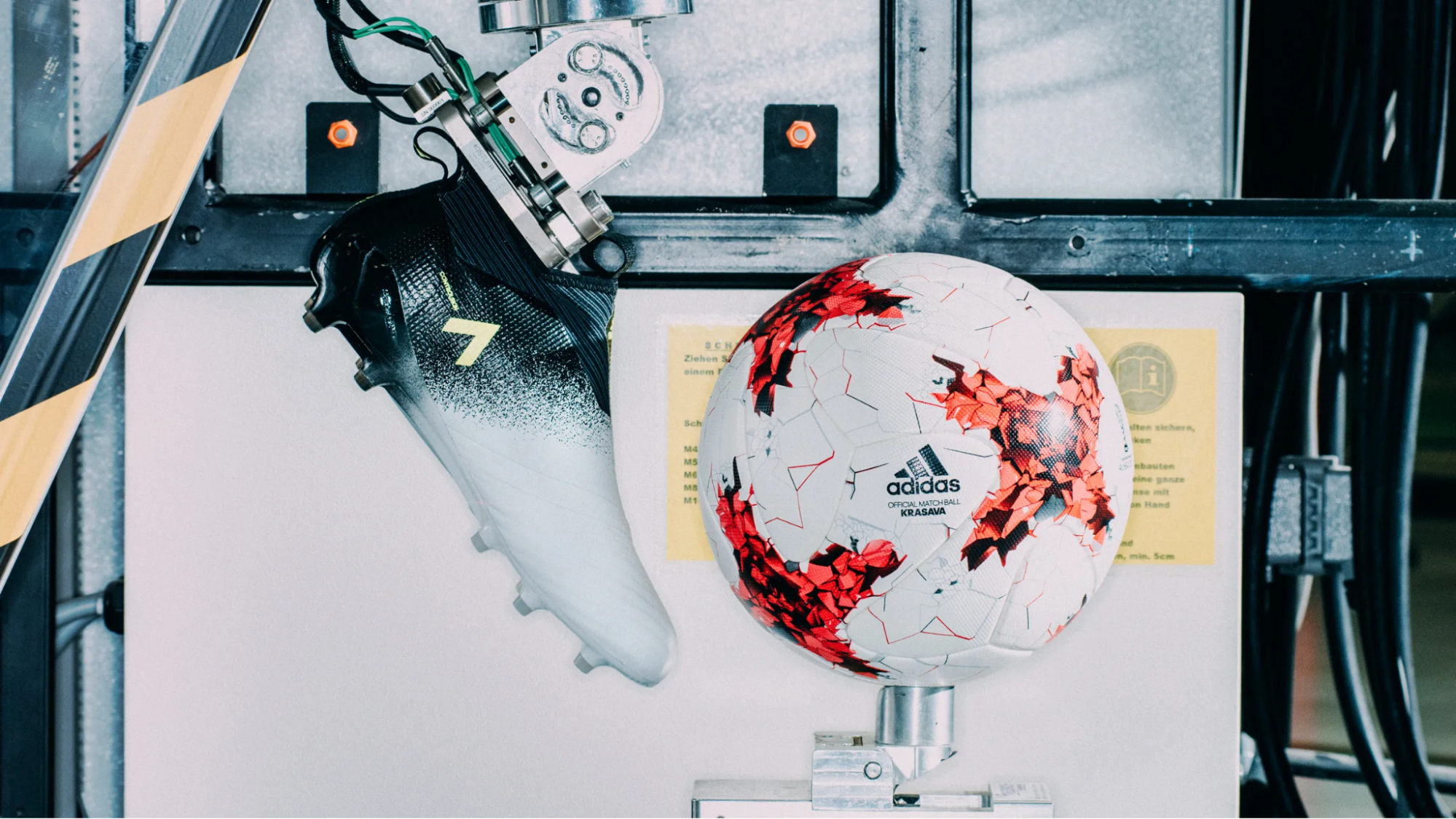
Showing how shoes are made. Quiet, detailed, and trust-building.
Heinz – Lifestyle Inserts
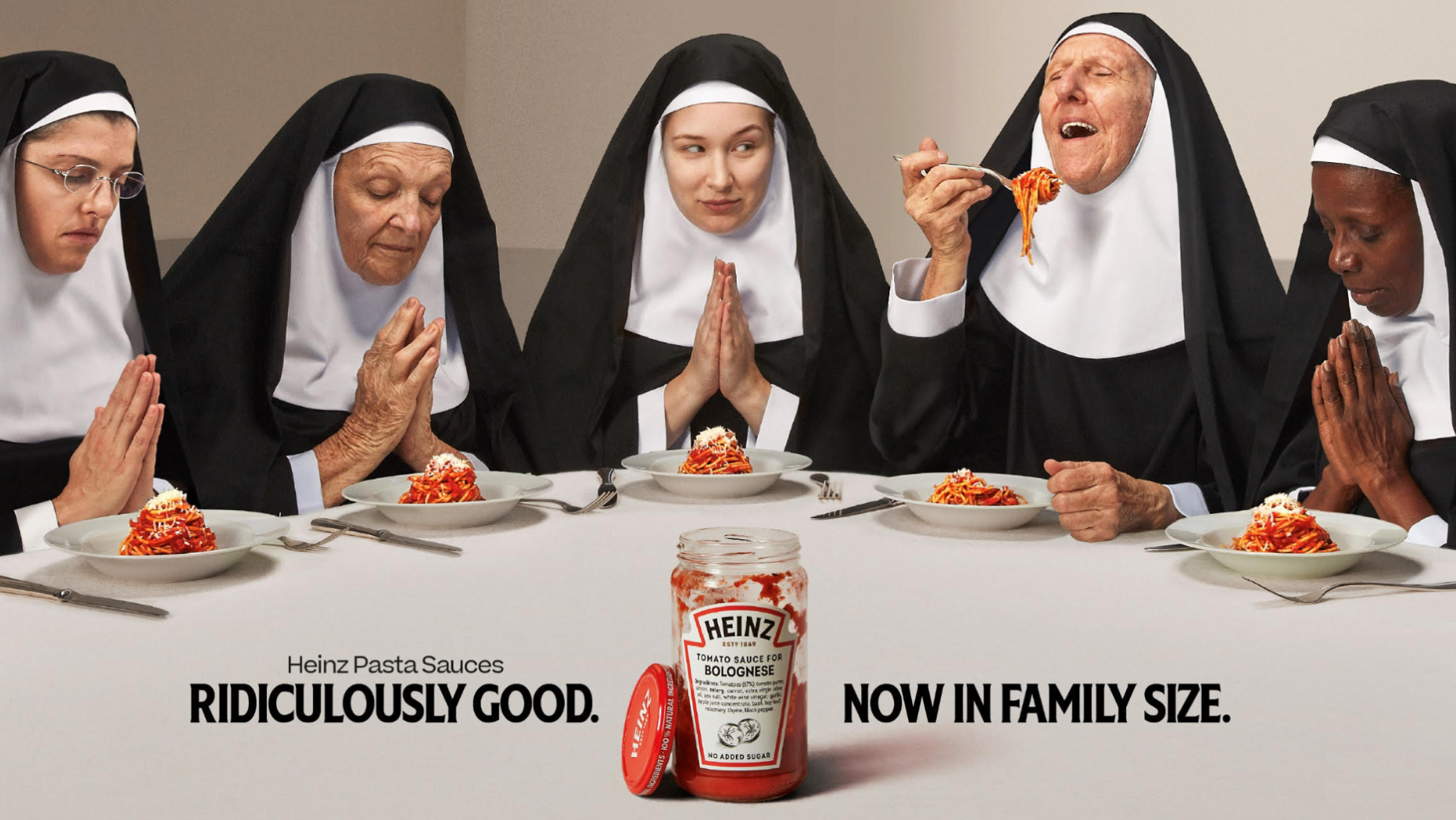
Bottle swaps in everyday food shots. The product is always present but never loud.
Karma Cola – Illustrated Brand Video
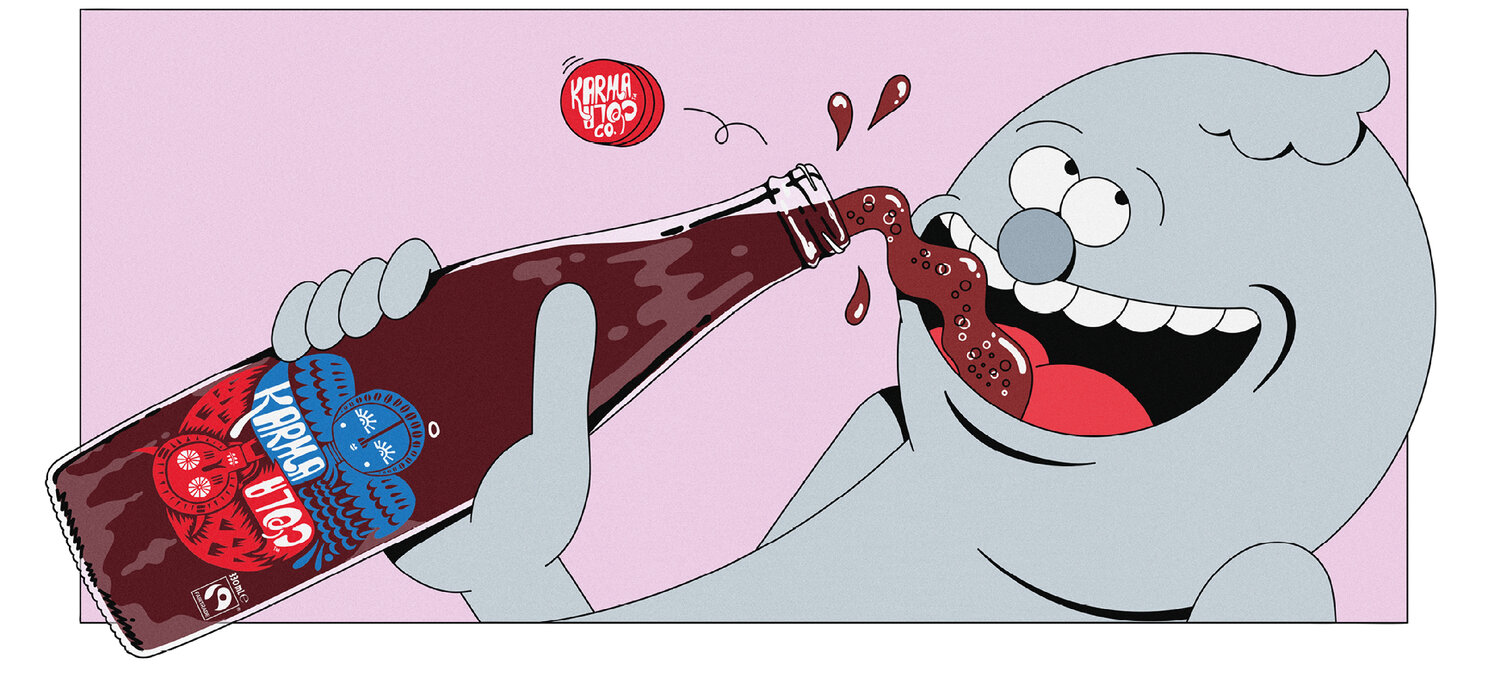 A short animated story that shows where the ingredients come from — and why that matters.
A short animated story that shows where the ingredients come from — and why that matters.
Key takeaway
You don’t need to say everything. Focus on what your audience needs to see — then let the visuals do the rest.
Great product ads don’t just sell — they compound brand performance over time, making them essential tools in any effective growth marketing strategy.
Know Your Ad Type Before You Start
Every ad has a job. Pick the wrong format, and the message gets lost.
- Informative — When people don’t know who you are yet
- Persuasive — When you want someone to choose you now
- Reminder — When people already know you but need a nudge
- Reinforcement — When you’re trying to keep loyal customers engaged
- Pioneering — When launching something entirely new
- Comparative / Competitive — When you need to stand out fast
- Search, display, native, social, interactive — Pick what fits the platform, not what sounds exciting
Key takeaway
Know what your ad is trying to do before you make it. The rest follows from that.
What the Best Advertisement Examples Get Right
Across categories, formats, and budgets — the best ads usually share these traits:
- They’re clear on who the ad is for
- They speak in the right tone for the platform
- They don’t try to do too much at once
- They look and feel consistent with the brand
- They give you something to react to — not just read or watch
- They work across placements, not just in one moment
Checklist
Before you launch, ask: Would this stop someone? Would they get it in 3 seconds? If not, simplify it.
What Makes an Ad Worth Remembering
Strong ads aren’t about being the loudest. They’re about being clear, well-timed, and built around something that matters to your audience — whether it’s a compelling message, a relevant advertised product, or shared similar values.
Each of the advertisement examples in this guide proves that the best creative doesn’t always look the same — but it usually works the same way. From display advertising that blends seamlessly with search results, to bold campaigns that challenge the status quo, these examples show how many brands have succeeded by focusing on what truly resonates. Pick the ones that make sense for your brand, and use them as a base to build something better.

